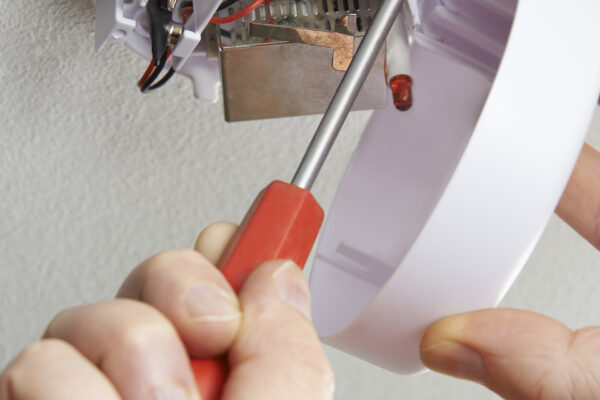
How to Add Yourself to Your Partner’s Biometric Touch ID: A Smart Way to Check for Cheating
f you’re wondering how to add yourself to your partner’s biometric Touch ID, you’re not alone. Many people in relationships start to feel shut out—literally—when digital access that was once shared suddenly gets locked down. Whether it’s a hunch or a complete shift in trust, biometric access can quietly restore insight into what’s really going on without triggering suspicion or confrontation.
Let’s explore how Touch ID (or Face ID) access works, when it’s useful, how to add yourself discreetly, and what to look for once you’re in.
Why Fingerprint Access Can Reveal Cheating
Today’s smartphones are loaded with clues—from hidden chats and secret apps to stored locations and deleted browser tabs. But all of that becomes invisible if you’re locked out. When you know how to add yourself to your partner’s biometric Touch ID, you unlock:
- Full phone access without needing a passcode
- The ability to check messages, hidden folders, and call logs
- Access to secret apps or vaults
- Real-time behavior checks without tipping them off
Fingerprint access restores what passwords can block—transparency.
How to Add Yourself to a Partner’s Touch ID or Face ID
Most smartphones allow multiple biometric entries for one user account, designed for “trusted” users. Here’s how you can quietly set it up:
For iPhone (Touch ID or Face ID):
- Open Settings > Touch ID & Passcode or Face ID & Passcode
- Enter the device passcode
- Tap “Add a Fingerprint” or “Set Up an Alternate Appearance”
- Follow prompts to scan your fingerprint or face
- Test it after setup to ensure it works
For Android (Pixel, Samsung, etc.):
- Go to Settings > Security > Biometrics
- Choose Fingerprint or Face Recognition
- Add a new fingerprint (you’ll need device access)
- Complete scan and save
- Make sure it unlocks the phone before walking away
Pro tip: Use a non-dominant finger—something subtle but accessible.
What to Watch for After You Gain Access
Once you’re in, don’t just scroll through texts. Be strategic.
Check:
- Recently deleted messages or photos
- Vault apps or secure folders
- Dating apps (even if hidden)
- Frequent use of Telegram, Signal, or WhatsApp
- Browser history (or lack thereof)
- Secret social media logins or accounts
If you’re adding yourself to their biometric Touch ID, you’re likely already suspicious. Focus on building a digital timeline that matches (or contradicts) their real-life stories.
Is This Legal or Ethical?
This is a complicated area. Legality varies by state or country, but here’s a general guideline:
- Your phone = fully legal
- Jointly owned device = gray area
- Their personal phone without consent = potentially illegal, depending on local privacy laws
Ethically, consider your motivation. If you had access before and it was removed, adding yourself back might feel justified. But if this is your first attempt to secretly gain entry, know the risks before you act. When in doubt, consult a legal professional.
Tools to Use Alongside Biometric Access
Once you’re in, here are tools that help discreetly document patterns without tipping anyone off:
- mSpy – Monitor apps, location, texts, and keystrokes once installed (with access)
- FlexiSPY – Includes advanced tools like call listening and ambient recording (Android only)
- Mini Voice Recorder – Record conversations or reactions when you confront with proof
- Expense Tracker Notebook – Manually log everything you find for pattern tracking
- Spokeo – Run reverse lookups on emails, numbers, or names you uncover
Combining fingerprint access with the right tools gives you a bigger picture—without needing constant phone surveillance.
What Not to Do
Don’t immediately confront your partner the moment you find something. Cheaters often react by wiping the phone, installing stronger security, or escalating their lies. Instead:
- Take screenshots
- Keep a record
- Look for frequency and patterns
- Give yourself time to build your case
Also avoid logging out of their accounts or changing app settings—anything that alerts them you’ve been in the phone.
Final Thoughts
Knowing how to add yourself to your partner’s biometric Touch ID is about regaining digital access when transparency disappears. It’s not about spying for fun—it’s about restoring balance in a relationship where secrets may be forming. If you feel like you’re being shut out of the truth, this method can give you a window into what’s really going on. But always proceed carefully, legally, and with a clear head. If you want help reviewing what you’ve found or deciding what steps to take next, visit our Ask an Expert page for discreet support.




